Lockheed S-3 Viking NASA
Production Time 9 to 10 weeks
Shipment is by FedEx, UPS or DHL International Express Courier with a normal door-to-door delivery time worldwide of within 2-3 business days after dispatch. Due to the current volatility of world fuel prices, the amount mentioned here is our best estimate for DHL and UPS and may be subject to change at the time of shipping.

Model Description: Lockheed S-3 Viking NASA Wood Replica Scale Custom Model Aircraft
Manufacturer: Lockheed
Wingspan: 17.1 Inches (43.4 Centimeters)
Height: 5.7 Inches (14.5 Centimeters)
Scale: 1:48
Registration: N601NA
$239.50
Production Time 9 to 10 weeks
-
United States dollar ($)
-
Pound sterling (£)
-
Euro (€)
-
Australian dollar ($)
-
Canadian dollar ($)
-
Singapore dollar ($)
-
Swiss franc (CHF)
-
Japanese yen (¥)
-
Danish krone (kr.)
-
Hong Kong dollar ($)
-
Norwegian krone (kr)
-
Swedish krona (kr)
-
United Arab Emirates dirham (د.إ)
General Product Description
Our PlaneArts Lockheed S-3 Viking NASA model exhibits unique, unrivaled quality and detailed design to come as close as possible to the accuracy of the actual plane. It comes as standard with a robust, durable base or stand which is available in a variety of different finishes designed to match your own personal requirements including solid wood, wood with polished metal supports or adjustable wood wall mount and will be ready within about 9-10 weeks from placement of order.
The Lockheed S-3 Viking NASA is made of the finest kiln dried renewable mahogany wood (commonly known as Lauan or Meranti) which has undergone many stages of carving and meticulous and careful sanding giving the beautiful, finished museum quality masterpiece. Many collectors and model connoisseurs demonstrate their preference for genuine handmade and hand painted mahogany wood models rather than plastic or die cast (diecast) alternatives due to the overall look and totally different feel of the item - we trust you will find the same. We can however, if required produce the same model in Solid Cast Resin so just click and contact us for further information. Our craftsmen and gifted artisans ensure that our finely handcrafted model air and spacecraft match the precise blueprint details of the original version. The paint scheme, markings and parts are closely matched, reflecting the original craft. This stylish top-quality desktop replica model will surely enthrall anyone who receives this as a gift and for sure one of the most appropriate and desirably collectable gifts for every Space or Science Fiction enthusiast and avid Spaceship or Scifi collector whilst also displaying a perfect resemblance to the actual Lockheed S-3 Viking NASA model.
If you require, we can also make the Lockheed S-3 Viking NASA model in any other markings, livery or colour scheme you require and if necessary, in a different size or scale. Just click here to contact us with a description or photographs of what you require, and we will let you have a quotation for the necessary customization by return email. We can also make bespoke scale replicas of any other private / civil commercial airliner or airliners, helicopter, glider, gliders with engines, military jet, warplane jets, propeller warplanes, biplane, triplane, tail fin, spacecraft, rocket or NASA model you require in any airline, military or civilian livery or colors. We also produce Gerry Anderson models, model airship, blimp, dirigible, blimps, boat, and ship collectibles. Wall plaque or seal for military, government or private customers. Wall plaque or seal for military, government or private customers. Again, by clicking here to contact us just let us know exactly what you need.
The Lockheed S-3 Viking: NASA’s Adaptation for Scientific Research
The Lockheed S-3 Viking, originally designed as an anti-submarine warfare (ASW) aircraft for the U.S. Navy, has found a second life as a versatile research aircraft for NASA. With a combination of range, endurance, and a flexible payload capacity, the S-3 Viking serves NASA’s unique needs for scientific, environmental, and aerospace research. Here we explore the key features and roles of this remarkable aircraft within NASA’s fleet.
Versatile Design for Diverse Missions:
The S-3 Viking, developed by Lockheed Martin, was initially introduced in the 1970s for the U.S. Navy. Its primary mission was to detect and destroy enemy submarines. However, its design allowed for versatility. The aircraft features a high-wing design with turbofan engines, providing a stable platform at low speeds and low altitudes, ideal for research missions. After its retirement from naval operations in 2009, several of these aircraft were repurposed by NASA.
Adaptation for NASA Missions:
NASA recognized the potential of the S-3 Viking in conducting environmental and scientific research missions due to its inherent stability and range capabilities. It can fly for over 2,300 miles without refueling and has a maximum speed of about 450 knots. This makes it especially useful for missions that require a blend of range, endurance, and maneuverability.
One of the significant adaptations for NASA’s S-3 Viking is its instrumentation. The aircraft can be fitted with a wide array of sensors and equipment depending on the mission’s demands. These modifications have enabled it to monitor atmospheric conditions, collect remote sensing data, and even support space communications research.
Key Features:
- Long Range and Endurance: The S-3 Viking’s ability to undertake long-duration flights without the need for refueling makes it an excellent choice for comprehensive data collection missions over large areas.
- Stability at Low Speeds: Its performance at low speeds and altitudes is particularly beneficial for atmospheric research, where stability is crucial for accurate sensor readings.
- Flexible Payload: The aircraft’s internal payload bay, originally designed to house torpedoes and other naval armaments, now accommodates a variety of scientific instruments. The modular nature of its payload bay allows for rapid configuration changes based on mission requirements.
- Carrier Capability: Although not typically used in NASA operations, the S-3 Viking retains its capability to operate from aircraft carriers. This feature could be useful for missions requiring rapid deployment to remote areas.
Current and Future Missions:
NASA’s use of the S-3 Viking includes missions such as environmental surveillance, oceanographic studies, and satellite communication tests. The aircraft has participated in several critical research missions, including studying the effects of pollution and tracking large-scale environmental phenomena like hurricanes and forest fires.
Looking ahead, NASA plans to continue utilizing the S-3 Viking for various research initiatives. The aircraft’s flexibility and capability mean it is likely to remain a vital part of NASA’s research fleet for years to come.
Conclusion:
The Lockheed S-3 Viking’s transformation from a military aircraft to a pivotal research tool for NASA exemplifies how adaptive reuse of technology can serve scientific advancements. With its combination of range, endurance, and payload flexibility, the Viking continues to be an invaluable asset in tackling some of the most pressing environmental and scientific questions of our time.
| Weight | 6 kg |
|---|---|
| Dimensions | 13.3 × 17.1 × 5.7 in |

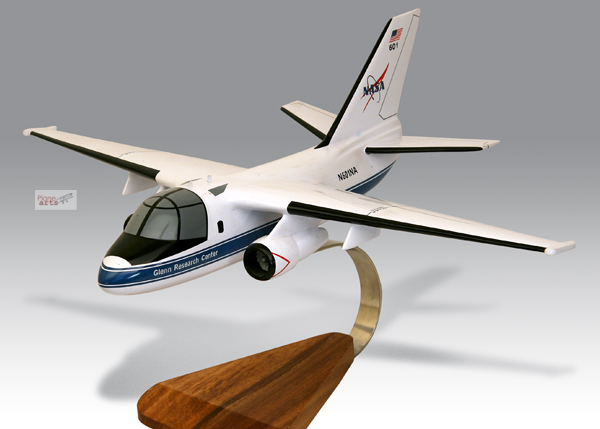
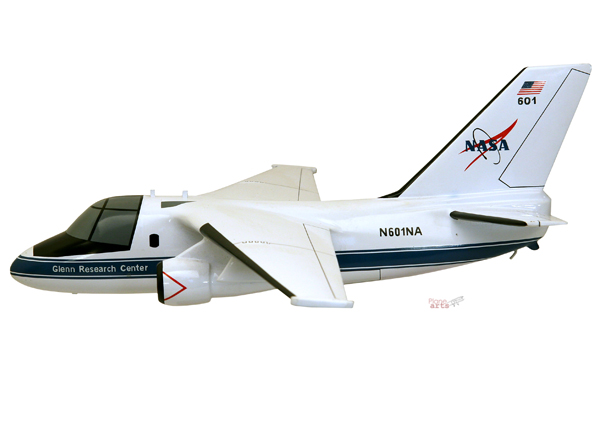
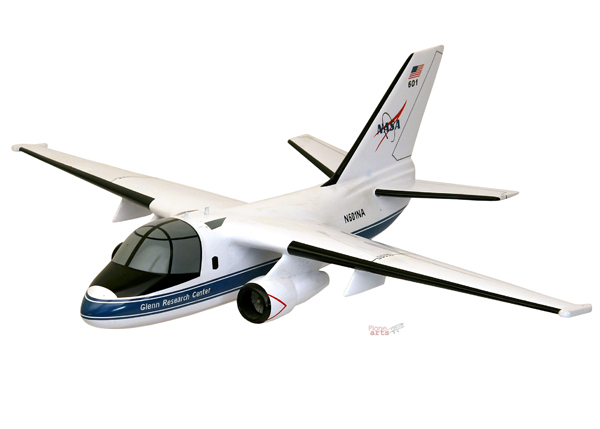
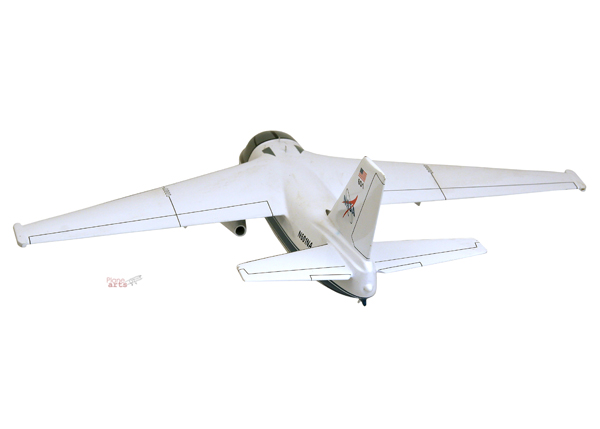
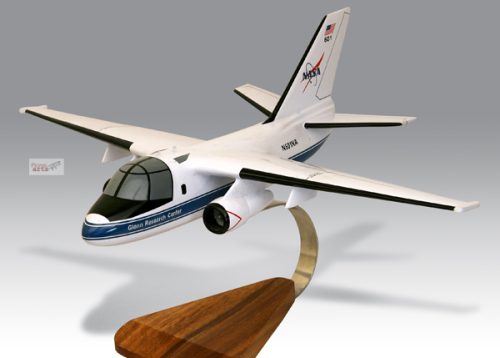

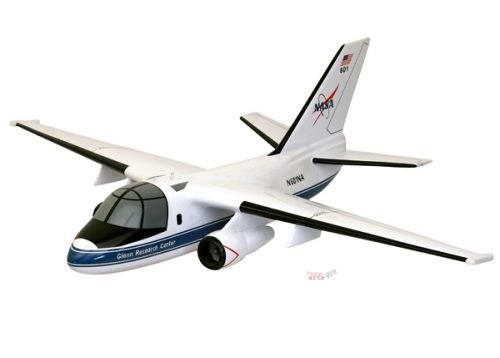
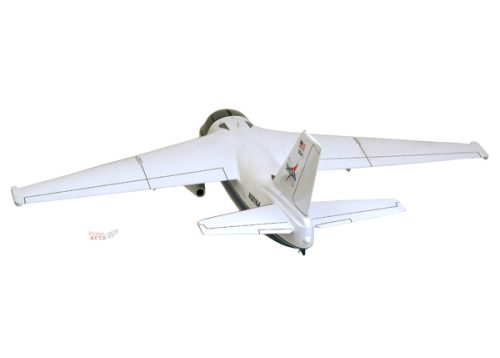


Reviews
There are no reviews yet.